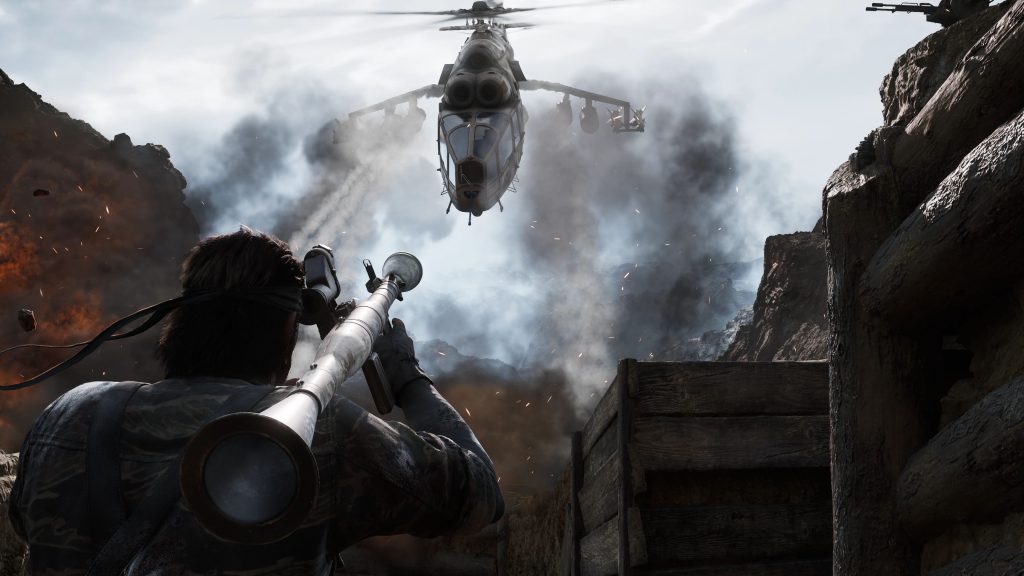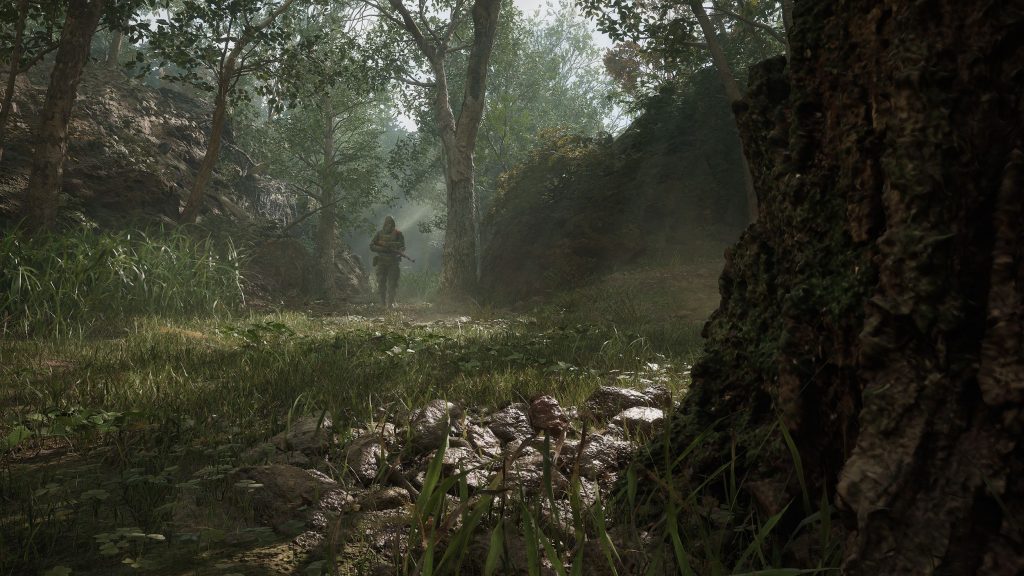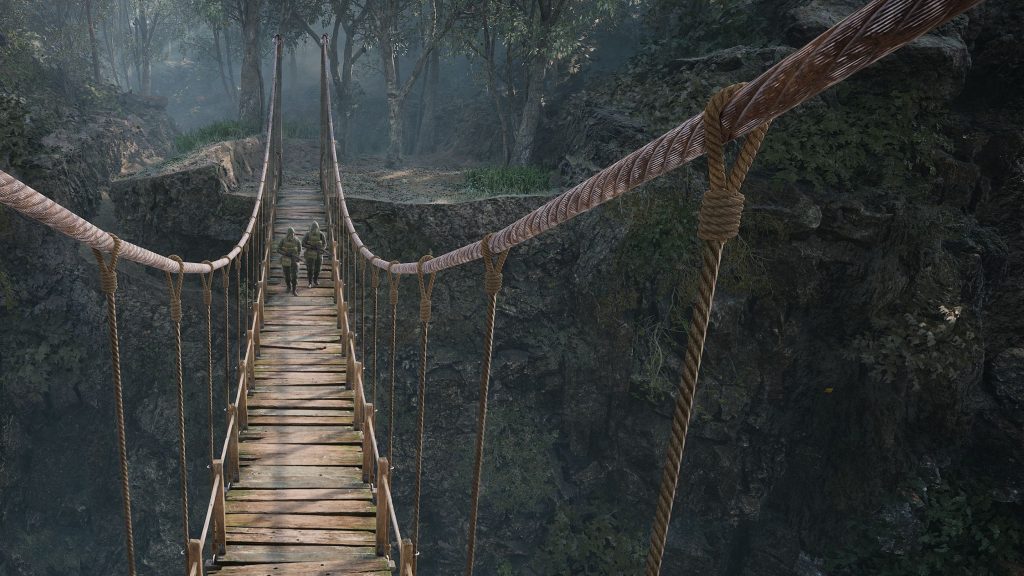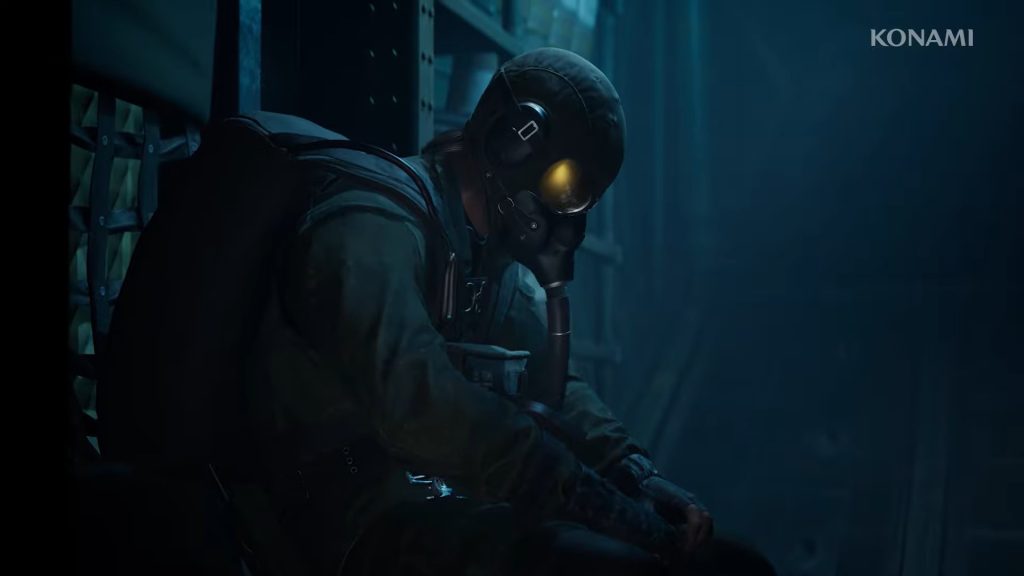There are a few incredible video games that I wish I could forget entirely just so that I can experience them again for the first time. They bring either incredible stories with unforgettable moments or gameplay loops that are so addictive, I find myself wistfully regretting developing the muscle memory to play them.
But on rare occasions, a title comes along that has it all. Metal Gear Solid 3: Snake Eater is one of those games in my book, with a story that set an entire franchise in motion, while its gameplay had me hooked right from the minute I took control of Big Boss, or Naked Snake as he was called then.
Konami’s recent remake of that classic has kind of helped make the game feel like a new one despite all of the familiar trappings that made it so special to me being there, just like they’ve always been every time I revisited the title. Delta: Snake Eater is fresh enough to feel brand new, and familiar enough to invoke that sense of nostalgia that feels so good when it comes to a game you love.
But why is Snake Eater as addictive as it is? Why has the remake done as well as it has, with a million units being sold on the day of its release? The answer is more than just nostalgia from older players and perhaps curiosity from younger gamers who want to see what the fuss is all about. Let’s dive in!
Old Habits Die Hard
It can be useful to examine the context of the original title’s release to better understand why it has evoked the response that it has in 2025, more than two decades after its release. It can be easy for any game to fade into the past, after all. But the origin story of Big Boss is not one that can be easily forgotten, considering that the character has been a franchise mainstay, appearing in Snake Eater and in several games after it.
Knowing more about the man who “birthed” Solid Snake, Liquid Snake, and Solidus Snake was quite the draw for Metal Gear fans, and Hideo Kojima used that excitement very well. While many players came to Russia for the plot, myself included, we ended up staying for the gameplay long after we rolled the credits on the masterpiece that was Snake Eater’s narrative.
The “addiction” here is born of a plethora of emotions that blend well into the ritual of replaying those iconic missions and perhaps diving into lore that makes more sense with each successive instalment of the game. It was the birth of a legend that has continued to enthrall fans for many years, despite The Phantom Pain being around a decade old at this point. As far as Big Boss is concerned, legends aren’t born. They are made.
But one iconic character isn’t enough to carry an entire game on his or her shoulders, no matter how skilled or charismatic he or she is. And that’s where the rest of the cast comes in.
Friends and Foes

Big Boss’s rise to prominence in the Metal Gear franchise is certainly not a solitary venture. The ones who he encountered and perhaps drew inspiration from are also key parts of why Delta: Snake Eater has managed to achieve such a strong response from the gaming community.
The Boss stands out as a character whose relationship with Snake, and the tragic turn it takes therein, is among the most formative pillars of the latter’s rise (or fall, depending on how you see it) to Big Boss. Their iconic final encounter, set in a beautiful field of white flowers, is a boss fight for the ages, and is one that I’ve certainly seen a few more times in other iconic titles (more on that in a bit).
As the second antagonist of the story, Colonel Volgin does deserve to be mentioned, considering the character’s ideology and its contribution to the themes that Kojima aimed to tackle in the game. The same goes for Ocelot, whose presence in the franchise is perhaps as regular as Big Boss, his tragic origins being a particularly fascinating part of the franchise’s meta-narrative.

Zero also comes to mind thanks to the diverging interpretations of The Boss’s ultimate vision, which set him and Snake on an almost inevitable path to conflict. By choosing MGS3 for what seems like the first remake in an attempt to bring Metal Gear to the current generation of gamers, Konami has cleverly brought all of these characters and stories back into play, and they continue to be as relevant today as they were in the past.
And when you consider the game’s thematic undertones, they are perhaps more nuanced than they used to be.
Legends Never Die
In many ways, Metal Gear was a great stage for Kojima’s examinations of the world around him through his art in a world way before Death Stranding. Despite Sam Porter’s presence in the modern gaming landscape, the themes that Delta: Snake Eater revisits continue to be a part of modern discourse surrounding personal identities, a soldier’s duty to the nation they serve, the concept of loyalty itself, and so much more.
For instance, The Boss’s loyalty to her country’s cause in the story, and the manner in which it disgruntled Snake and put him on the path to becoming Big Boss, continues to be a haunting reminder that even the most trusted of confidantes can become bitter foes if the circumstances make that so.

Naked Snake’s unwillingness to place faith in the institutions he once held in high regard, a consequence of the emotional conflict he felt after The Boss’s death, is another showcase of how Kojima remains ahead of his time even 21 years after he originally took on those complex themes with his unique brand of storytelling. It’s certainly a factor in Metal Gear’s enduring influence as a franchise that takes a bold approach to its themes, interweaving them into its gameplay and world-building so intricately that even Big Boss would have trouble sneaking his way out of them.
Snake Eater’s characters, iconic as they are, are archetypes that hold a mirror to people in the real world, reaching out through the remake’s improved graphics and visuals to touch the hearts and minds of their players, and make them question the world around them. They encourage discourse, their moral ambiguity, and the melancholy of their stories needing discussion with a community at large to provide varying perspectives.
Just as Naked Snake and Zero were deeply influenced by The Boss’ ideals, Kojima’s players continue to be enthralled by the moral and ethical dilemmas he presented them with, and flock to a new and improved version of a legendary story to try and make sense of it all, two decades of their own experiences now influencing their opinions.
From One Legend to Another

Another reason for Delta: Snake Eater being as addictive as it is could be attributed to its cinematic presentation and visual flair, made even better by the remake thanks to its effective use of current-gen systems. It’s made the original all the more immersive, especially in iconic moments like the ladder you climb after your fight with the End.
The theme song playing out as Naked Snake takes on that long climb is the perfect representation of his own loyalty to The Boss, made tragic and morbid thanks to his battle against another fellow soldier with a similar loyalty to the very same person. Both men simply found themselves on the opposite sides of a conflict beyond their control.
For players who gave The End a premature, well, end, in an earlier story section, Naked Snake’s disgust at his treatment of a soldier who deserved his respect makes that juxtaposition even more tragic. Snake Eater has many moments like this, and its influence on the entire stealth-action genre cannot be overstated.
What’s more, Kojima’s iconic scene construction does not just end with his own titles. Like I said before, I know of three distinct fights between a protagonist and their narrative mentor in at least three other games, two of which are from another legendary Japanese director in his own right.

I’m talking about the fight between the Hunter and Gehrman in Bloodborne, and Sekiro’s battle with Isshin Ashina at the end of Shadows Die Twice. Both battles hit hard thanks to their narrative significance and take place in a field of white flowers. Perhaps that was Miyazaki’s way of tipping his hat to a fellow artist?
And let’s not forget the fight between Jin Sakai and his uncle Shimura at the end of Ghost of Tsushima. Once again, a tragic tale of a student forced to take on his master, a man whom he continued to respect and adore, blends a tragic narrative thread with the scenic beauty of an arena that holds a lot of significance for both parties. Kojima’s influence on the use of cinematic techniques in modern gaming is one that Snake Eater is a huge part of.
It was part of the beginning of his own legend, and has perhaps made him a “Big Boss” in modern gaming.
An Enduring Legacy
With everything I’ve said above, it’s quite evident why Metal Gear Solid Delta: Snake Eater has managed to steal the spotlight away from other great titles in 2025. It would have been easy to write off the remake as an old game with a fresh coat of paint.

But titles like Snake Eater never get old. They simply evolve, their players finding new ways to think about the complex themes they undertake, and perhaps new ways to play them thanks to the vast amount of references and fourth-wall breaks that Kojima is known for.
The millions who are currently playing Snake Eater aren’t hooked on pressing buttons to guide Naked Snake to his next objective. They’re hooked on the journey and the personal feelings that it brings to the surface, waiting to be shared with others who tread those same paths, hidden away in the foliage.
It’s the title that painted the tapestry of an entire franchise. And for that, it will always be as legendary as Big Boss seemingly is to the people around him.
Note: The views expressed in this article are those of the author and do not necessarily represent the views of, and should not be attributed to, GamingBolt as an organization.














